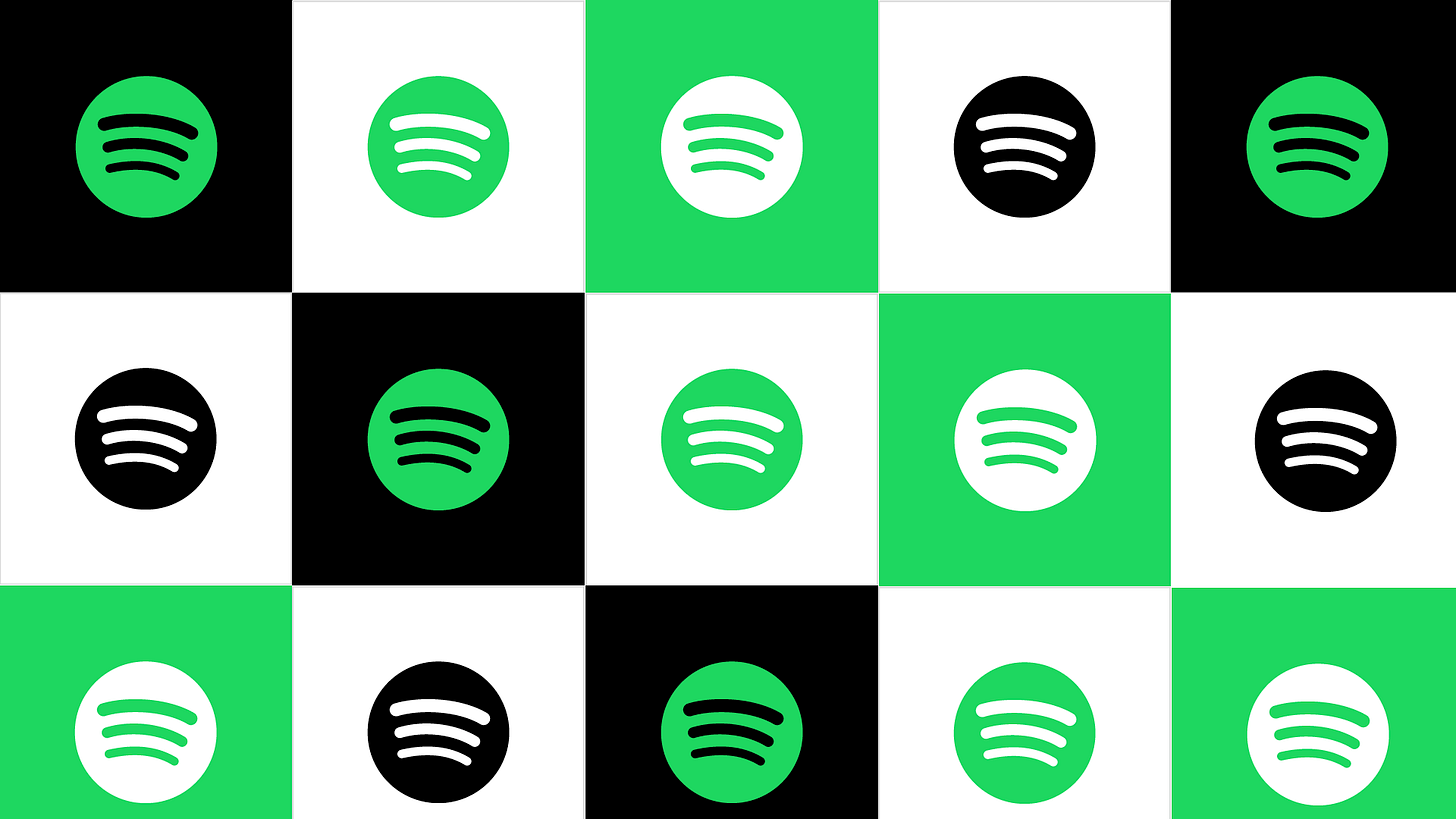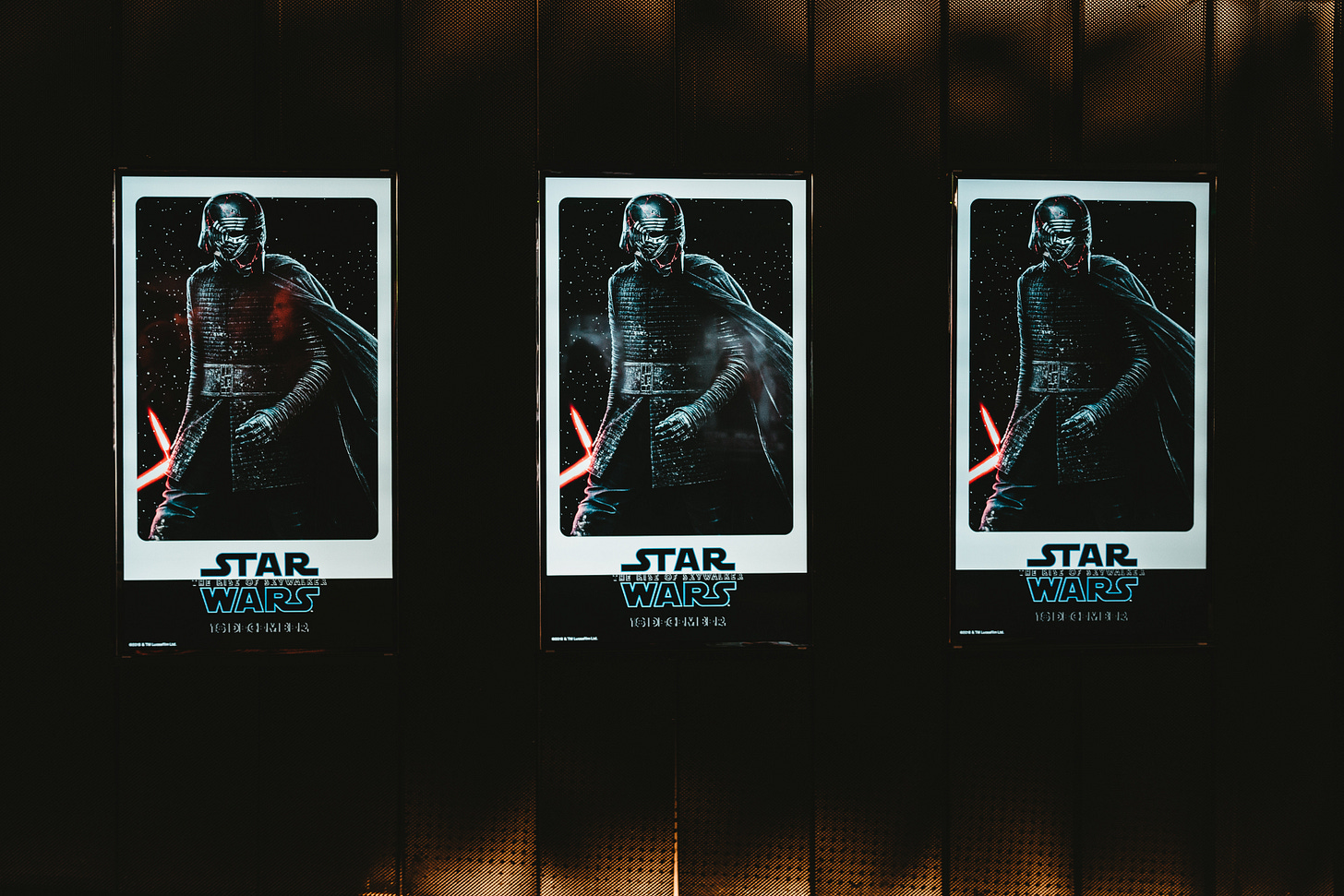Why a Spotify player for your website is a better option
Welcome to the first of many weekly newsletters on all things podcasting, media and tech by David Tvrdon. This is I write about Spotify, subscriptions and streaming wars.
In this edition
🎧 Why podcasters should be using the Spotify player
💬 How publishers drive subscriptions
😭 Pains of the streaming wars
⏩ Quick links
How can a simple Spotify player help podcasters grow their audience
I wrote a much longer version of the following on my Medium blog (just this once, promise all other writings will come full in this newsletter).

For the past couple of months I have been experimenting with one simple thing - is there a difference between distributing your podcast via an article which has an embedded player from your podcast hosting platform (Podbean, Libsyn, Megaphone…) and an articles which uses an embedded Spotify podcast player.
Well, turn out there is a difference and you should be using Spotify as well.
Just to clear things up. This is the podcast player I have been using for a certain tech podcast in the beginning of last year (by Podbean):

And this is the one I will be talking (writing?) about (by Spotify):

Did you notice anything? I mean, is there something familiar on one of the screenshots? Perhaps a logo of a company you recognise? A company that is building a global streaming business?
👍 Yes, Spotify. For last seven or eight months I have been using a Spotify player instead of a Podbean player on our website (I work for SME.sk) for two podcasts.
We publish at the moment 15 podcasts and everytime a new episode comes out there is an accompanying article that goes out with it with notes and links and an embedded podcast player with that episode.
So, for two podcasts for the last couple of months it has been the regular player in the articles, for two special podcasts I have been using Spotify.
And here are the results:

So you have the control group, which has been using the regular podcast player and then you have the two “experiments” with the Spotify player.
Listening on Spotify has grown overall for each podcast of SME.sk during that time, but the ones where we used the embedded Spotify podcast player had a bigger growth.
Actually all metrics were up — streams, follower and listener counts.
The web traffic for the 'experimental podcasts' has not changes over time and the stats show less listening via the website. If we compare this with the uptick in follower and listener counts, the logical conclusion (for lack of other data to prove the hypothesis) is this:
Users visiting the website with the embedded Spotify podcast player recognised the Spotify logo, redirected directly via the player or indirectly (manually) to the Spotify app and listened to the podcast there.
🤦♂️ There is a catch. The only way at the moment to produce an embed code for a podcast is by using a Spotify desktop app.
OK, let me give you more reasons to consider this:
Podcast listening on Spotify is growing fast, if there is a way to boost this on the side of a podcasters, they should take that chance. Seize the moment! 💪
Spotify is a global consumer brand with +271 million monthly active users; podcast listening is still not mainstream and if there is such a large userbase of a podcasting app, podcasters have a better chance to reach someone with the app who is ready to listen.
Especially in Europe leaning hugely towards Android usage, based on my math, 1 in 5 smartphone 📱 users should have the Spotify app installed. Those are good odds.
And this is not just me, there are other publishers experimenting with this.

How publishers drive subscriptions
The World Association of Newspapers and News Publishers (WAN-IFRA) published a blog called How Aftenposten drives digital subscriptions. Sidney Glastad, the Acquisition Manager, at Aftenposten, the leading quality daily newspaper in Norway explains how they drive subscriptions.
Aftenposten is the largest subscription newspaper in Norway, they put up a paywall in 2012 (aroudn the time when many publishers in the country did so). Today they have 238.000 subscribers, of which 119.000 digital only. Just a reminder - Aftenposten has 1,2 million monthly digital readers, so that numbers represents an impressive conversion rate. 👏
Glastad did a webinar for WAN-IFRA and basically explained their strategy.
Basically, if you care for subscription strategies or work for a publisher with paywalled content or you are just curious I recommend watching the whole 45-minute presentation with 15 minutes of audience questions.

And for those not interested in watching, though curious for titbits, here you go:
Aftenposten uses a special dashboard tailored to their needs based on RFV metrics (explained nicely over here) and everyone can see how the content is performing - is is driving traffic, how much, above average, below average, where are readers coming from…
Glastad says there is a lot of collaboration going on across departments. Lets’s say the newsroom is going to publish a type of content that has successfull driven subscriptions in the past, so marketing is notified to help discibuting and pusing the article to as many channels as possible.
They have two versions of the homepage - for subscribers and for other readers. That makes actually a lot of sense. A lot of times, subscribers have slightly different needs and they are your “best” customers, you should care for them better.
When there is some big event goinf on, let’s say elections, again the collaboration kicks in and readers will see promotions in the same graphic design language as are the election websites. Simple idea, but makes all the difference.
And one last thing - they have seen they have a lot of parents among subscribers but virtually no content for them, so they hired more staff to create such content and also see whether they can attract more from this target group.
The customer pains of streaming wars
It’s no surprise that hard times are upon those who like to watch all the new TV shows. Maybe five years before you could just wait, eventually everything turned out on Netflix. Well, not anymore, at least in the foreseeable future.

Photo by 🇨🇭 Claudio Schwarz | @purzlbaum on Unsplash
In the recent weeks I have stumbled upon articles like this one from the NY Times, though none of them had such a great GIF accompanying it. Anyway, the author gives advice on how not to loose all your money on forgotten subscriptions and provides alternatives and strategies.
Yep, streaming wars will make us pick up Sun Tzu again. This time the enemy is abundance of streaming choices and great TV shows, not many great bundle options and even geographical restrictions. It’s a lot 🤯
Despite these pains, analysts says customers will pay less for several streaming subscriptions than they used to pay for TV bundles with hundreds of stations they did not care for.
Disney has just announced is has amassed 28,6 million subscribers for its service Disney+ (think baby Yoda) in just three months. That’s almost half of Netflix’s US subscriber base. Yet the platform has been available only in few countries. Disney says the plan next is to invest in TV.
With new streaming services coming to market (Quibi, Peacock, HBO Max…) this year we will experience peak streaming wars. Some services will die off, others will get aquired and there is a chance, a bright spot in the future where 2-3 platforms will get you covered. At 90%. I predict there will never be a super bundle to have all the major platforms.
Things I liked and clicked
👨💻 Protocol is a new tech publication by the publisher of Politico
🎙️ Gimlet Academy is a 5-episode series that teaches audio storytelling
Catch me on Twitter or LinkedIn. Was this forwarded to you? Subscribe over here 👈



